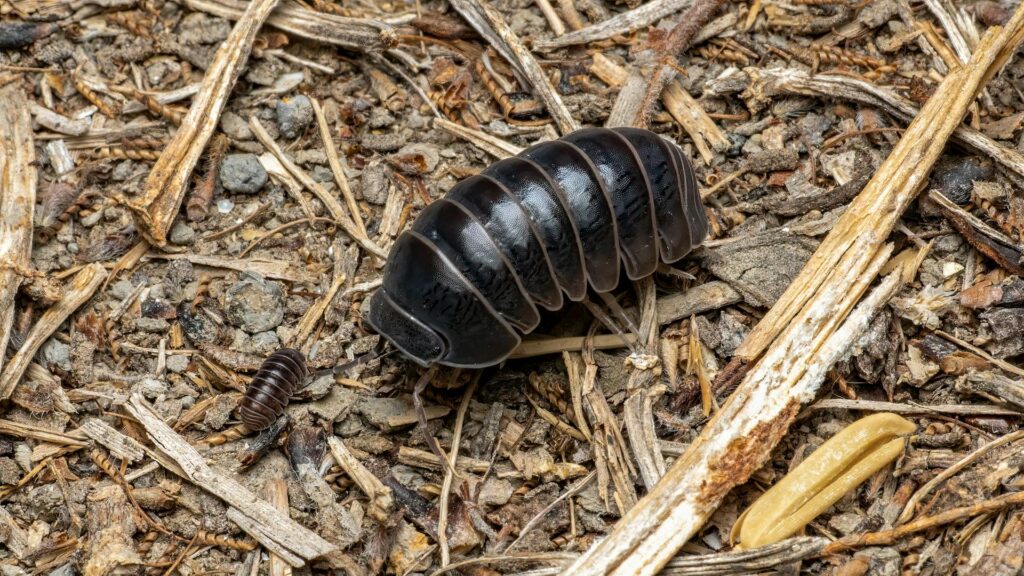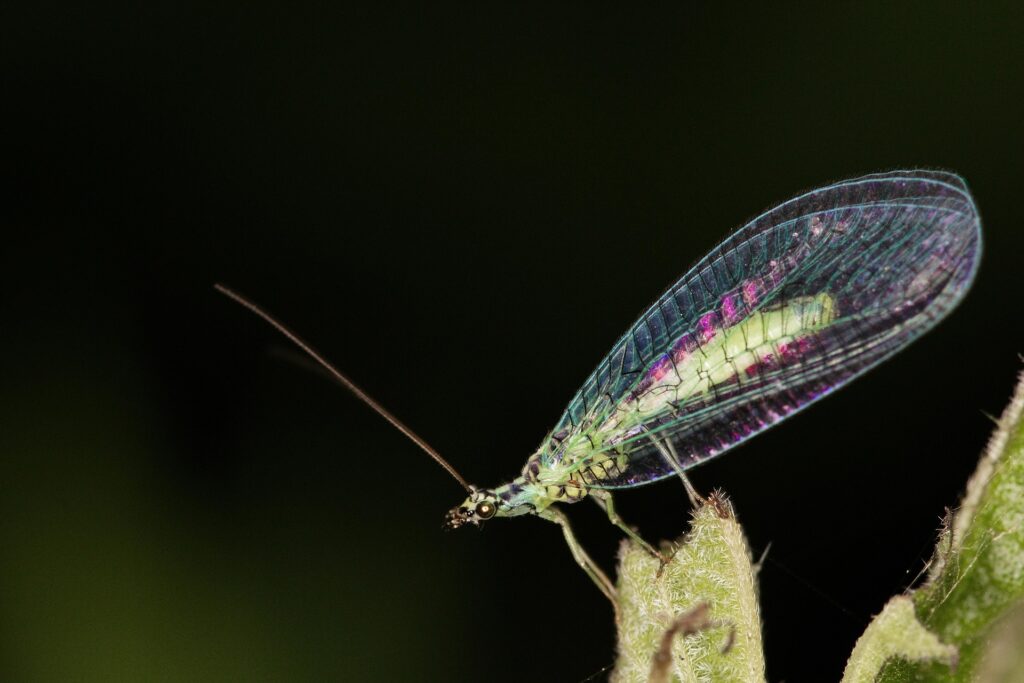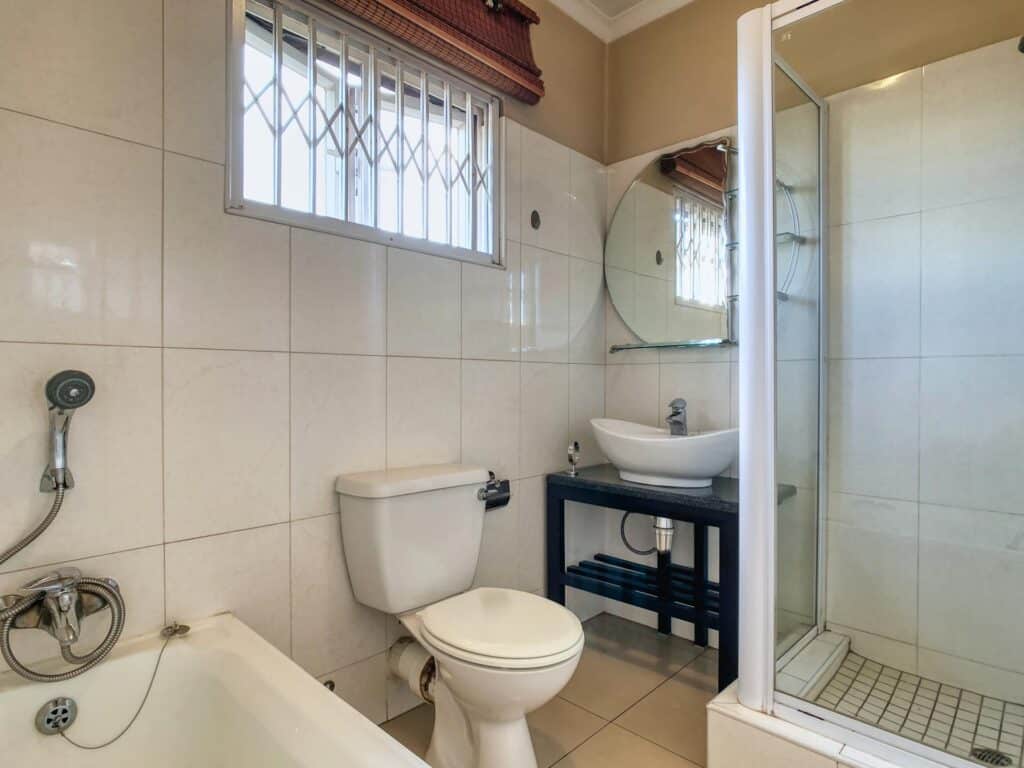You store dry goods carefully in sealed containers yet discover weevil infestations repeatedly during summer months while experiencing minimal problems during cooler periods. This seasonal pattern reflects fundamental biological relationships between temperature and weevil development that determine infestation severity, population growth rates, and control measure effectiveness across different climatic regions and storage conditions.
These stored product pests demonstrate temperature-dependent reproduction that creates dramatic differences in pest pressure between warm and cool climates or seasons.
What Are Weevils Anyway?
Weevil development and reproduction depend critically on ambient temperature through metabolic processes that determine all aspects of their life cycle timing and population growth potential.
Taxonomic overview: Stored product weevils belong to the family Curculionidae, with primary pantry species including rice weevils (Sitophilus oryzae), granary weevils (S. granarius), and maize weevils (S. zeamais) that demonstrate similar thermal responses.
Morphological characteristics: Adult weevils measure 2-4mm in length with distinctive elongated rostra (snouts) and compact bodies adapted for movement through grain masses and penetration of seeds for oviposition.
Internal development: Female weevils deposit single eggs within individual grain kernels where complete larval and pupal development occurs, making infestations difficult to detect until adult emergence reveals established populations.
Developmental stages: Weevil life cycles include egg, larval (4 instars), pupal, and adult stages, with each stage demonstrating specific temperature requirements and development timing that varies substantially with thermal conditions.
Longevity factors: Adult weevils can survive 3-6 months under optimal conditions, with lifespan inversely related to temperature through increased metabolic rates and energy expenditure at higher temperatures.
How Weevils Respond to Warmth
Geographic temperature patterns create substantial variations in weevil infestation severity, seasonal timing, and year-round pest pressure across different climatic zones.
Consistently warm temperatures enable year-round weevil activity with 6-10 generations annually, creating persistent high-risk conditions requiring continuous vigilance and management. Seasonal temperature fluctuations create predictable activity windows with peak infestations during summer months while winter provides natural population suppression through cold-induced dormancy.
Despite low humidity, hot desert environments support rapid weevil development in stored products where grain moisture provides adequate water, making temperature the primary limiting factor. Moderate temperature ranges in coastal regions create extended activity periods without extreme heat or cold, enabling substantial populations despite lacking optimal developmental conditions.
Mountain regions with cooler temperatures at higher elevations demonstrate reduced weevil pressure compared to lowland areas, with risk decreasing substantially above certain elevation thresholds.
Why Warm Pantries Are a Target
Indoor storage conditions create microclimates that may differ substantially from outdoor temperatures, influencing actual weevil development rates and infestation likelihood.
Structure materials, insulation levels, and sun exposure patterns determine how closely indoor temperatures track outdoor conditions, with pantries showing greater temperature fluctuation. Climate-controlled storage maintains consistent temperatures that either suppress or optimize weevil development depending on setpoint temperatures and system reliability.
Management Strategies Based on Temperature
Exploiting weevil thermal biology enables development of effective control strategies that utilize temperature manipulation for population suppression or elimination. Some of these strategies may be an option for facilities or storage areas with climate control systems, this may not be as easy as an option for non-commercial or home settings.
- Cold treatment protocols: Exposing infested materials to temperatures below 0°C (32°F) for 3-7 days kills all life stages, providing chemical-free disinfestation for home-scale applications.
- Heat treatment applications: Heating infested products to 60°C (140°F) for 15 minutes or 50°C (122°F) for several hours eliminates weevil populations through thermal mortality mechanisms.
- Refrigerated storage: Maintaining storage temperatures below 15°C (59°F) prevents weevil reproduction and development, enabling long-term storage without chemical treatments in temperature-controlled facilities.
- Thermal monitoring: Using temperature data loggers in storage areas enables prediction of development timing and optimization of inspection or treatment scheduling based on accumulated degree days.
- Seasonal timing strategies: Implementing intensive management during warm seasons when populations grow rapidly while reducing efforts during cool periods when natural suppression occurs.
Take the Next Step
When weevil problems continue despite prevention efforts in warm storage environments, Aptive’s pest control experts provide the comprehensive solutions necessary for lasting results. Our pest control service can perform detailed environmental assessments to identify temperature conditions, seasonal patterns, and storage vulnerabilities driving continued weevil establishment in your storage areas.
If you’re experiencing persistent weevil problems during warm months, dealing with year-round infestations in warm climates, or need professional assessment of temperature-related weevil risks, contact Aptive today for a free quote.









